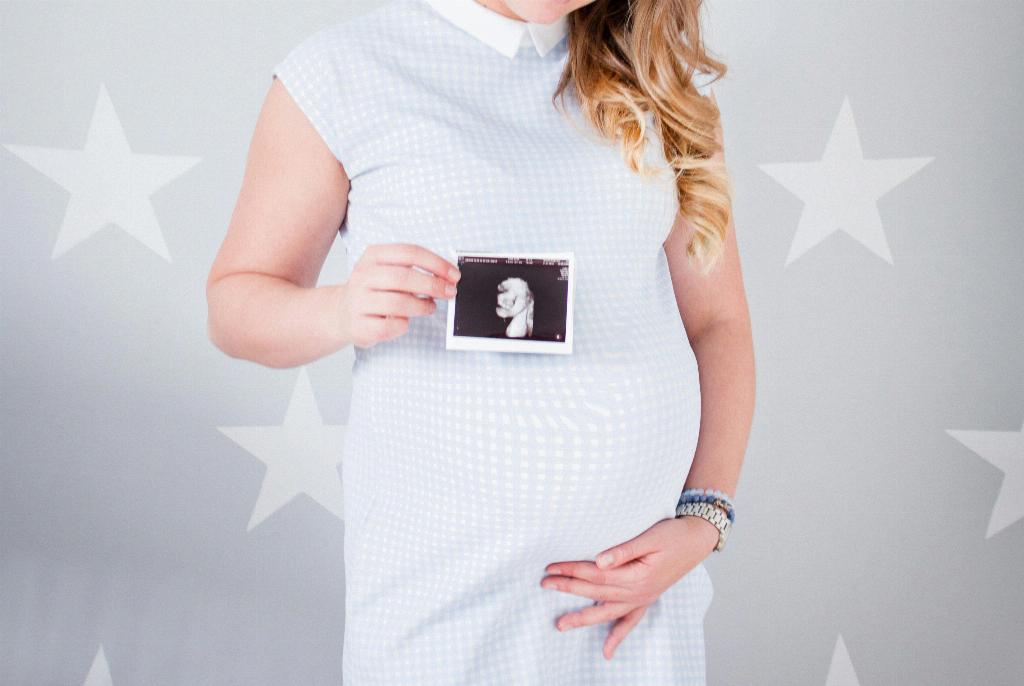When it comes to early pregnancy, many changes occur within a woman’s body, including changes in vaginal discharge. During the first week of pregnancy, one may notice alterations in their vaginal discharge consistency and color. This discharge can serve as a helpful indicator of early pregnancy and is usually thin, clear, or milky white in appearance.
The Significance of Vaginal Discharge in Early Pregnancy
Vaginal discharge plays a crucial role in the female reproductive system. During early pregnancy, the increase in vaginal discharge can be attributed to hormonal fluctuations. This discharge can help women understand their bodies better, providing insights into their overall health and reproductive status.
Common Characteristics of 1-Week Pregnancy Discharge
At around 1 week into pregnancy, vaginal discharge may exhibit specific characteristics. It is often odorless and may appear thinner than usual, resembling a clear or milky white liquid. This discharge is typically a result of increased blood flow to the pelvic area and the thickening of vaginal walls.
Contrasting Normal Discharge with Early Pregnancy Discharge
It is vital to differentiate between normal vaginal discharge and discharge related to early pregnancy. While both types may share similarities, such as being clear or white in color, pregnancy-related discharge tends to be more pronounced due to hormonal changes.
Monitoring Changes in Discharge for Pregnancy Confirmation
Tracking changes in vaginal discharge can aid in confirming early pregnancy. Alongside other symptoms like missed periods and breast tenderness, alterations in discharge consistency and color can provide valuable clues regarding one’s pregnancy status.
Consulting Healthcare Providers for Confirmation
If in doubt about pregnancy or experiencing unusual discharge, seeking guidance from healthcare professionals is crucial. Healthcare providers can conduct tests to confirm pregnancy and offer personalized advice based on individual circumstances.
Factors Influencing Pregnancy Discharge Appearance
Several factors can influence the appearance of vaginal discharge during early pregnancy. Hormonal shifts, increased blood flow to the pelvic region, and changes in vaginal pH levels can all contribute to the distinct characteristics of pregnancy-related discharge.
Emphasizing the Role of Hormones in Discharge Changes
Hormones play a significant role in shaping vaginal discharge patterns during pregnancy. The surge in hormone levels, particularly estrogen and progesterone, can lead to increased cervical mucus production, resulting in the observed changes in discharge consistency and color.
Noting the Natural Variation in Pregnancy Discharge
It is essential to recognize that pregnancy discharge can vary from person to person. While some may experience a notable increase in discharge volume, others may observe subtler changes. Understanding one’s unique body responses can help in identifying early signs of pregnancy.
Seeking Support and Guidance During Early Pregnancy
During the first week of pregnancy and beyond, it is crucial to seek support and guidance from healthcare professionals and loved ones. Open communication about changes in vaginal discharge and other pregnancy symptoms can lead to a smoother pregnancy journey.
Conclusion: Interpreting Pregnancy Discharge Changes
In conclusion, vaginal discharge during the first week of pregnancy can exhibit distinctive characteristics, such as being thin, clear, or milky white. Monitoring changes in discharge alongside other symptoms can aid in confirming early pregnancy. Seeking professional guidance and maintaining open communication are key aspects of navigating through the early stages of pregnancy.

